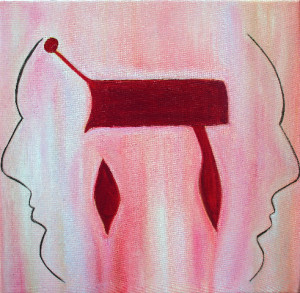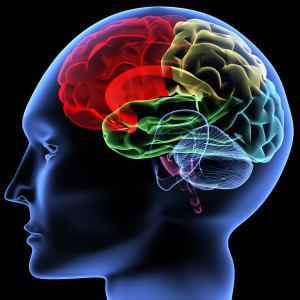The Garments of the Soul: Eshet Chayil (Part 16)
By Sara Esther Crispe: January 28, 2016: Category Decoding the Tradition, Inspirations
Hayita kaniyot socher, mi merchak tavih lachmah
“She is like a merchant ship; she brings her bread from afar.”
One of my most popular talks is called “Mind Control.” No, we don’t meditate or levitate, but we do focus on three primary forces which are referred to as the garments of the soul: our thought, speech and action.
When it comes to directing these forces, the majority opinion is that we have little, if any, control over our thoughts, more so, but still limited control over what comes out of mouths, and the most over our actions. Furthermore, there is the misguided idea that as long as we don’t do the wrong thing, then it really doesn’t matter what is going on in our minds.
To be fair, there is this concept. The Chassidic adage goes, ha’maaseh hu haikar, ‘it is the action that counts.’ Ultimately, you can have all of the best intentions, hopes, thoughts and goals but if you don’t do anything about actualizing them, it doesn’t really help.
On the flip side, if one does the right thing even for the wrong reason, Judaism teaches that he will eventually come to do the right thing for the right reason. The action is essential, even when not motivated by the proper thoughts (yet).
But it is not a clear hierarchy. We can change how we think (as The Little Engine that Could teaches us: “I think I can, I think I can…) and that will change what we say and how we act. We can change what we say (“Today is going to be awesome! I am going to succeed…”) and that will shift how we are thinking and also how we act. And as just discussed, when we change what we do, that will then impact both how we think about things and how we speak about them.
So if we take these three concepts of thought, speech and action, the ultimate goal is to take their potential and turn it into actuality. And this is what is represented by the fifth letter in the Hebrew alphabet, the Hei.
The horizontal line of the Hei represents thought, the vertical line is that of speech and the small rounded line that sticks out is the concept of action. And there is no more perfect letter than the Hei to connect to the concept of this verse in Eshet Chayil about empathy, understanding, giving and receiving.
If you went through the entire Hebrew alphabet looking for a letter whose form represented reaching down to another, you would pick the letter “Hei.” This letter has the line on top, connected to the line coming down, and then what could be perceived as a hand that is reaching out. Now visualize someone leaning over the side of a ship and pulling someone else aboard. Yup, there you have it, it looks like the letter “Hei.” (And even more interesting to note that the hand has the five fingers, and Hei is numerically equivalent to five.)
Not only does the Hei physically represent the concept of one reaching over the side of the ship to pull another aboard, but this idea of being able to bring one to freedom is also seen with this letter.
The Passover Seder begins with the Aramaic words, “Hei lachmah anyah” meaning “This is the bread of affliction.” While in this case Hei means “this” it continues to speak about the bread. The fifth verse in Eshet Chayil of course mentions bread as well (“she brings her bread from afar” and we discussed this verse in connection to Rachel, the woman alluded to in the verse, that she was buried outside of Beit Lechem, literally the house of bread.
 The passage continues to invite everyone who is hungry to come and eat and everyone who is needy to join. It is a text about inclusion and acceptance and the need to give to those who are suffering.
The passage continues to invite everyone who is hungry to come and eat and everyone who is needy to join. It is a text about inclusion and acceptance and the need to give to those who are suffering.
It is interesting though that it begins by speaking about the bread of affliction when the matzah that is eaten on Passover is generally referred to as the ‘bread of freedom.’
And yet, that is exactly what this verse in Eshet Chayil represents, what Rachel represents and what the letter Hei represents. When we are there for the other, when we are that ship in the sea, the one who can pull another aboard…then the very affliction that has been experienced can transform into freedom.
This is why Rachel is buried on the side of the road to be there for her children. This is why the verse teaches us that like the merchant ship, she brings her bread from afar, and this is why the Hei shows us that our thought, speech and action can all shift to take us from a place of restriction into a place where we can fully actualize our potential.
In Part 17 we move onto the 6th verse of Eshet Chayil and the concept of connection.
http://www.interinclusion.org/inspirations/transforming-darkness-into-light-eshet-chayil-part-17/
http://www.interinclusion.org/inspirations/mother-power-eshet-chayil-part-15/
The Garments of the Soul: Eshet Chayil (Part 16),
























;)
;)
;)
;)
;)
;)
;)
;)
;)
;)
